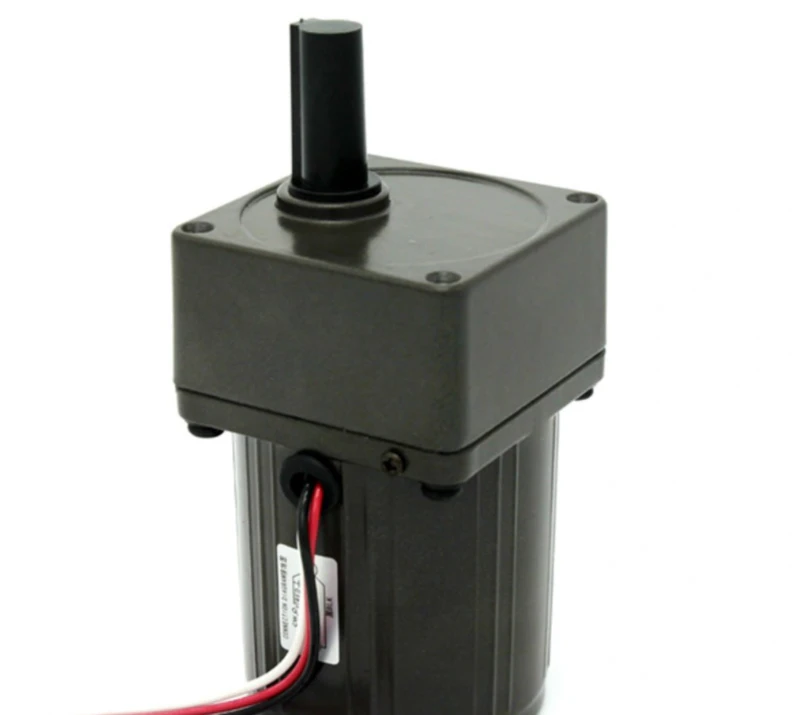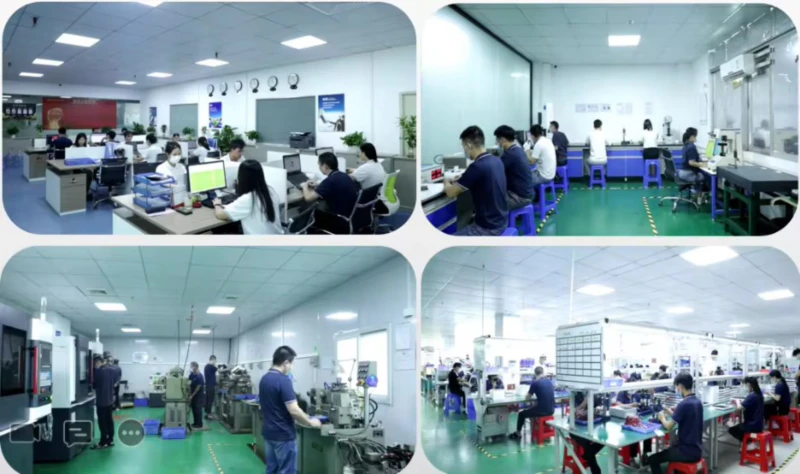3-Phase Motor Power Quality Monitoring
Introduction to 3-Phase Motor Power Quality Monitoring
Monitoring the power quality of 3-phase motors is essential for ensuring operational efficiency and longevity. Power quality issues can lead to equipment malfunction, increased operational costs, and unexpected downtimes. This article delves into various aspects of 3-phase motor power quality monitoring, providing a comprehensive guide for industry professionals.
Understanding 3-Phase Motors
3-phase motors are widely used in industrial applications due to their efficiency and reliability. These motors operate on three alternating currents, which provide a constant power flow. Understanding the fundamentals of how 3-phase motors work is crucial for monitoring their power quality effectively.
Importance of Power Quality Monitoring
Power quality monitoring is vital for identifying issues such as voltage sags, swells, interruptions, and harmonic distortions. Poor power quality can lead to energy inefficiency, overheating, and even damage to the motor. Regular monitoring helps in detecting these problems early, allowing for timely interventions.
Common Power Quality Issues
Several power quality issues can affect 3-phase motors, including harmonic distortion, voltage imbalance, transients, and flickering. Each of these issues can have different impacts on the motor’s performance and lifespan. Identifying and addressing these issues is critical for maintaining optimal motor function.
Harmonic Distortion
Harmonic distortion refers to deviations from the ideal sinusoidal waveform of the electrical supply. These distortions can cause excessive heating and reduce the efficiency of the motor. Employing harmonic filters can mitigate these effects, ensuring smoother operation.
Voltage Imbalance
Voltage imbalance occurs when the voltages in the three phases are not equal. This imbalance can lead to uneven currents, resulting in overheating and reduced motor lifespan. Regular monitoring helps in detecting imbalances and taking corrective actions.
Transients
Transients are short-duration surges or dips in voltage. These sudden changes can cause significant stress on the motor’s insulation and windings, leading to premature failure. Monitoring equipment can detect transients and protect the motor from potential damage.
Flickering
Flickering refers to rapid fluctuations in voltage, which can cause visible flicker in lighting and affect the performance of sensitive equipment. Identifying the sources of flickering and addressing them can enhance the overall power quality.
Power Quality Monitoring Equipment
Specialized equipment is used for monitoring power quality in 3-phase motors. This includes power analyzers, harmonic meters, and data loggers. These devices help in capturing detailed information about the electrical parameters, enabling precise analysis and troubleshooting.

Power Analyzers
Power analyzers are essential tools for measuring various electrical parameters such as voltage, current, power factor, and harmonics. They provide real-time data, allowing for continuous monitoring and immediate detection of power quality issues.
Harmonic Meters
Harmonic meters specifically measure harmonic distortions in the electrical supply. These devices help in identifying the specific harmonics responsible for power quality issues, facilitating targeted mitigation strategies.
Data Loggers
Data loggers are used for recording electrical parameters over time. They provide valuable historical data, which can be analyzed to identify trends and recurring issues. This information is crucial for long-term power quality management.
Implementing Power Quality Monitoring Systems
Implementing a power quality monitoring system involves selecting the right equipment, setting up monitoring protocols, and ensuring regular maintenance. A well-designed monitoring system can significantly enhance the reliability and efficiency of 3-phase motors.
Setting Up Monitoring Protocols
Establishing monitoring protocols includes defining the parameters to be monitored, setting threshold levels, and determining the frequency of data collection. Clear protocols ensure consistent and accurate monitoring, facilitating timely interventions.
Regular Maintenance
Regular maintenance is essential for the optimal performance of power quality monitoring systems. This includes calibrating equipment, updating software, and conducting periodic inspections. Proper maintenance ensures the accuracy and reliability of monitoring data.
Data Analysis and Reporting
Analyzing the data collected from power quality monitoring systems helps in identifying patterns and potential issues. Detailed reports provide insights into the motor’s performance, enabling informed decision-making for maintenance and optimization.
Case Studies
Real-world case studies highlight the benefits of effective power quality monitoring. These examples demonstrate how monitoring has helped industries reduce downtime, improve energy efficiency, and extend the lifespan of their 3-phase motors.
Case Study: Manufacturing Plant
A manufacturing plant implemented a comprehensive power quality monitoring system for their 3-phase motors. The system identified significant harmonic distortion, which was addressed using harmonic filters. As a result, the plant experienced improved motor performance and reduced energy costs.
Case Study: Commercial Building
A commercial building faced frequent voltage imbalances, leading to motor failures. By installing power quality monitoring equipment, the building management could promptly detect and correct imbalances, enhancing the reliability of their HVAC systems.
Future Trends in Power Quality Monitoring
The field of power quality monitoring is continuously evolving with advancements in technology. Future trends include the integration of IoT, real-time analytics, and predictive maintenance capabilities. These innovations promise to further enhance the effectiveness of power quality monitoring systems.
Integration of IoT
The Internet of Things (IoT) allows for the seamless integration of power quality monitoring systems with other industrial equipment. This connectivity enables real-time data sharing and remote monitoring, providing greater control and insights.
Real-Time Analytics
Real-time analytics can process data from power quality monitoring systems instantaneously. This capability allows for immediate detection of issues and swift corrective actions, minimizing the impact on motor performance.
Predictive Maintenance
Predictive maintenance uses data and analytics to predict potential issues before they occur. By leveraging predictive maintenance, industries can proactively address power quality problems, reducing unplanned downtimes and extending motor lifespan.
Conclusion
3-phase motor power quality monitoring is a critical aspect of industrial operations. By understanding and addressing power quality issues, industries can enhance the efficiency, reliability, and longevity of their motors. Implementing advanced monitoring systems and leveraging the latest technologies can significantly improve power quality management.
Company Introduction and Product Promotion
Our company is a leader in the Chinese motor market, offering a wide range of high-quality products including 3-phase motors, DC motors, encoder DC motors, hydraulic motors, servo motors, driveline motors, and brake motors. With over 300 sets of fully automated CNC production equipment and automated assembly equipment, we ensure top-notch quality and efficiency. Our products are known for their superior performance, competitive prices, and excellent service. We welcome customers to provide drawings and samples for custom orders.

Author: Czh